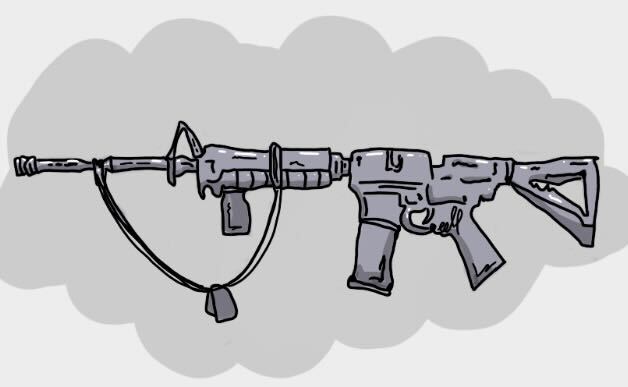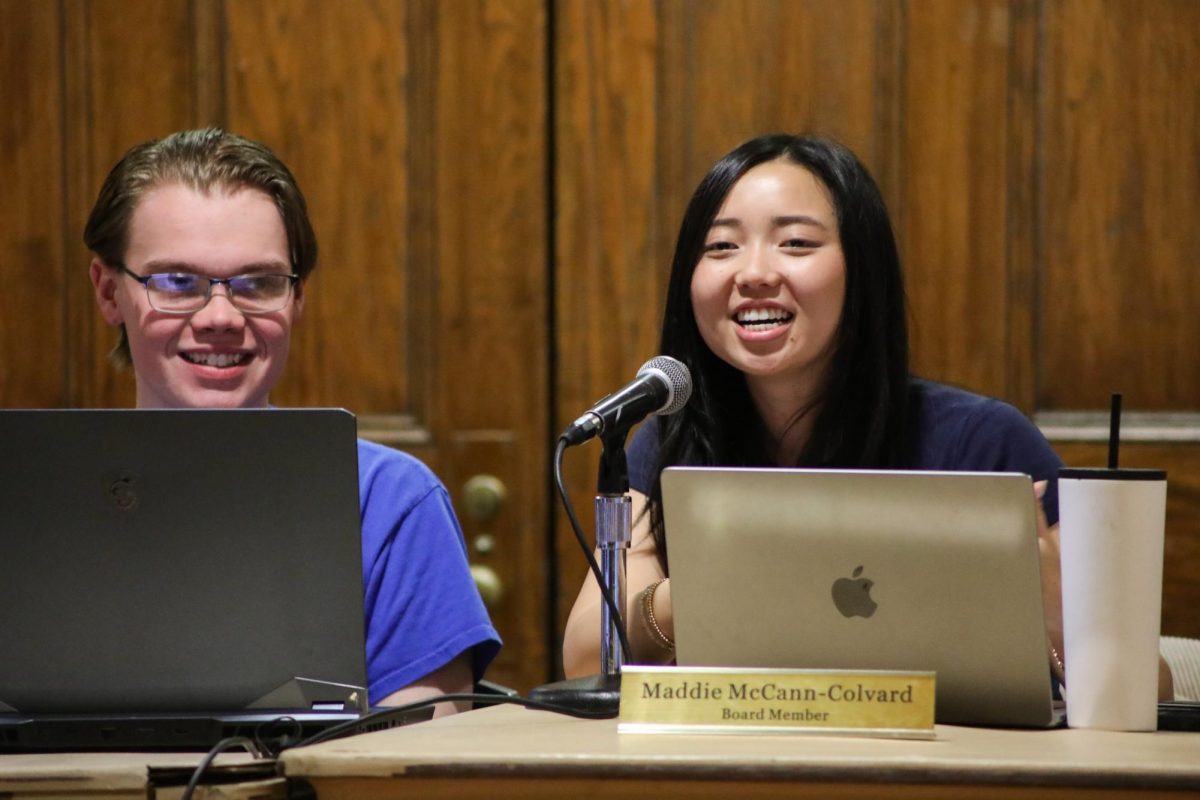Opinion | How masculinity twists the minds of incels
December 9, 2022
An Ohio man recently pleaded guilty for the planned slaughter of nearly 3,000 women at a local university in 2020.
In a news release by the U.S. Attorney’s Office for the Southern District of Ohio, the shooter revealed himself as an “incel,” part of a group of young men who are involuntarily celibate. Officials found that he had posted on various online incel forums in support of the incel movement. In one post from 2019, the shooter stated that he would “slaughter women out of hatred, jealousy and revenge.” In other posts, he expressed admiration for another infamous shooter who murdered seven people in the 2014 Isla Vista killings and became an “incel hero.” The shooter is often referred to as the “Supreme Gentleman” by those within the incel community.
I remember when the term “incel” was thrown haphazardly around in middle school cliques as just another term used to insult friends and peers, but in recent years the term carries a much heavier weight. As mass shootings continue to rise, it seems that a notable percentage of these shootings are carried out by those who identify as incels.
In the 2018 Toronto van attack, the perpetrator who killed 10 civilians, screamed out, “The Incel Rebellion has already begun! We will overthrow all the Chads and Stacys! All hail the Supreme Gentleman!”
Six months later, a 40-year-old man killed two women after comparing himself to a younger Elliot Rodger. In 2021, Jake Davidson gunned down seven people and was later referred to as a “saint” by those in the online incel community. The past years are pockmarked by the terroristic actions of the incel community, but what specifically about the incel community invites this mass violence?
Many have referenced mental health as the source of these shootings. And while mental health is a definite factor, it does not fully encapsulate the complicated and dangerous rhetoric of the incel community. Recent publications have pointed to the idea of toxic masculinity as the defining characteristic of mass shooters, but this also evades evaluating the very nature of masculinity itself. A majority of those within the incel community are men who have found themselves outside of the perimeters of masculinity. Over the past decades, feminism has made progress in the widening of gender norms, but this progress is lopsided.
While there are more instances of men embracing traditional notions of femininity in the media, such as Bretman Rock and Jaden Smith, other men have clung even tighter to traditional masculinity, as they believe it is under threat. Sociologists title this phenomenon as an identity threat. For some men, they perceive their masculinity as a rigid part of their identity, one that is under threat. In response to this, they overperform their masculinity.
In an article published by The Atlantic, Peggy Orenstein asked boys across America what characteristics they attribute to the “ideal guy.” The majority answered with traits that mimic the response you would expect in the 1950s — dominance, aggression, sexual prowess, stoicism and athleticism. Manhood still remains in the same fixed state for many heterosexual, cisgender men and causes them to get stuck in permanent dysfunction. This can turn into “aggrieved entitlement” as men refuse to move toward a future where their manhood is not as strict. For the incel community, this dysfunction manifests in its most violent form, as it is often combined with dangerous ideologies.
One such theory is the Black Pill theory. This theory consists of two beliefs — that society is hierarchical and one’s place is determined by how their physical attributes match masculine or feminine ideals, and that women are completely responsible for this hierarchy. The top of this hierarchy is composed of the “Chads” and “Stacys” — “Chads” being the conventionally stereotypical frat boy who sleeps with women and “Stacys” being the hyperfeminine, conventionally attractive, unattainable women who date them. Not only do incels adhere to hegemonic masculinity to form this hierarchy, they position themselves at the bottom of this pyramid, as they believe they have nothing to offer. Self-worth is based off of sexual currency, and their state of perceived inadequacy becomes a fixed state. Coming to understand this phenomenon is called swallowing the “black pill.”
While incels find themselves outside of traditional masculinity, they still crave the social capital they contribute to manhood. They still crave the sense of identity that masculinity provides. In his article, “Gender Treachery,” Patrick Hopkins articulates how in a binary gender system, if an individual is considered unmasculine, they’re automatically considered feminine. This affiliation to the feminine is an incel’s worst nightmare. But how do they find gender identity if they feel they can’t possess the traditional identity of manhood? They form an identity around their hatred for women.
By positioning themselves against women, incels can place themselves outside of the feminine while still accessing a group identity. Incels paint their identity as a marginalized group allowing them to stand against the feminine while still accessing a form of male privilege. In “The Right to Sex,” Amia Srinivasan details how incel identity is formulated around the idea that all men have a “right to sex.” So even though they see themselves as incapable of achieving sexual status, they still feel as though women owe them that right.
The Black Pill theory offers men two options for how to handle this reality — either accept their fate as an outcast or try to alter society to their benefit. Instead of assessing the hegemonic masculinity that they trap themselves within, incels turn to violence to create their twisted form of structural change. In many of the online incel circles, members expressing frustration with their low social status are encouraged to commit mass killings before they commit suicide. The use of mass violence is perceived as a method to overthrow the system and force “normies” to take notice, regardless of who gets hurt in the process.
For incels, violence becomes a beacon of hope for the future. In an appraisal of the Toronto attack, a user who identified as an incel wrote, “I will never condemn violence … With enough suffering, they can no longer ignore and ridicule us, they will fear us instead.”
Let me be clear — this is not an attack on masculinity or a statement claiming that masculinity in men always leads to becoming a mass shooter. Masculinity is not a bad thing, but it’s damaging when it becomes the only defining characteristic of what makes a man. As the incel community continues to grow, we all must move beyond how we define and assess masculinity and make room for a new definition of manhood that is not limited. As much as some hate to admit it, gender has and continues to be a factor in mass shootings. It’s time to finally ask ourselves why.
Ebonee Rice-Nguyen writes primarily about political, social and cultural issues. Write to her at EJR76@pitt.edu.



